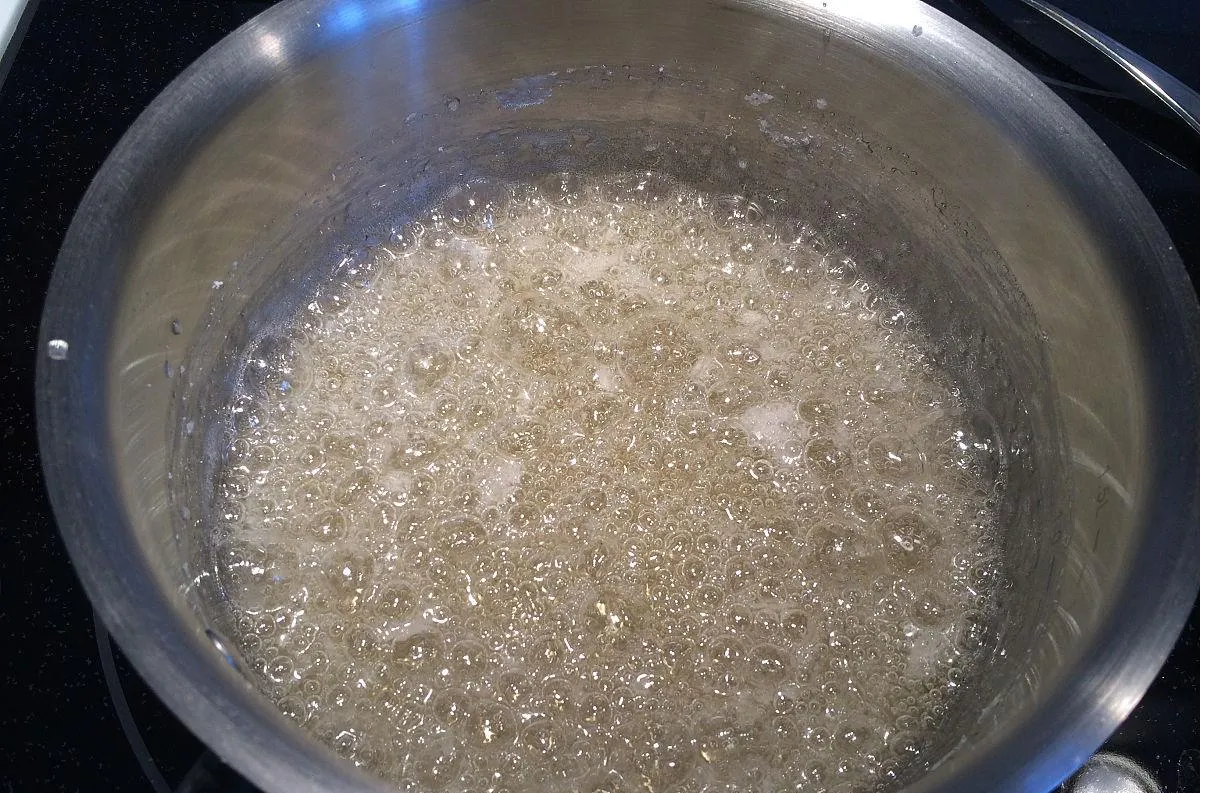
Mastering Foam Control: Exploring Antifoaming Solutions
Understanding the Different Types of Antifoaming Agents
Foam formation is a common challenge in many industrial processes, from chemical manufacturing to food production. To address this issue, industries rely on various types of antifoaming agents to improve efficiency and product quality. These agents can be broadly categorized into silicone-based, oil-based, powder, water-based, and emulsion types, each tailored to specific processing needs. Choosing the right types of antifoaming agents ensures optimal foam suppression, helping manufacturers maintain smooth and consistent operations.

Among these, the agente antiespumante orgánico stands out for applications requiring eco-friendly or food-safe solutions. Made from naturally derived oils and other organic compounds, agente antiespumante orgánico options offer effective foam control while aligning with stricter environmental regulations. Industries focused on sustainability often prefer these organic alternatives for their biodegradable and non-toxic properties.
Key Applications and Examples of Anti Foaming Chemicals
Seleccionar lo correcto productos químicos antiespumantes is crucial to solving foam-related problems efficiently. Anti foaming chemicals work by destabilizing foam films and preventing their formation, thereby enhancing process productivity. Whether in the production of paints, coatings, paper, or even pharmaceuticals, the right chemical choice can significantly impact product outcomes.

When considering real-world applications, it's useful to look at ejemplos de agentes antiespumantes. Silicone oils, polypropylene glycols, and fatty alcohols are common examples, each suited to different types of foaming systems. These ejemplos de agentes antiespumantes illustrate the versatility and range of solutions available to industry professionals today.
By carefully selecting the appropriate productos químicos antiespumantes, businesses can improve production speed, ensure product quality, and reduce operational costs, leading to more efficient and profitable operations overall.
-
Hydroxypropyl Starch as a Sustainable Construction AdditiveNewsNov.24,2025
-
The Gelation Properties of CMCNewsNov.21,2025
-
Redispersible Latex Powder and Water Retention CapacityNewsNov.21,2025
-
Dosage Control for Polycarboxylate Water ReducerNewsNov.21,2025
-
Film-Forming Properties of Polyvinyl AlcoholNewsNov.21,2025
-
The Function of Gypsum Additives in MortarNewsNov.21,2025





















